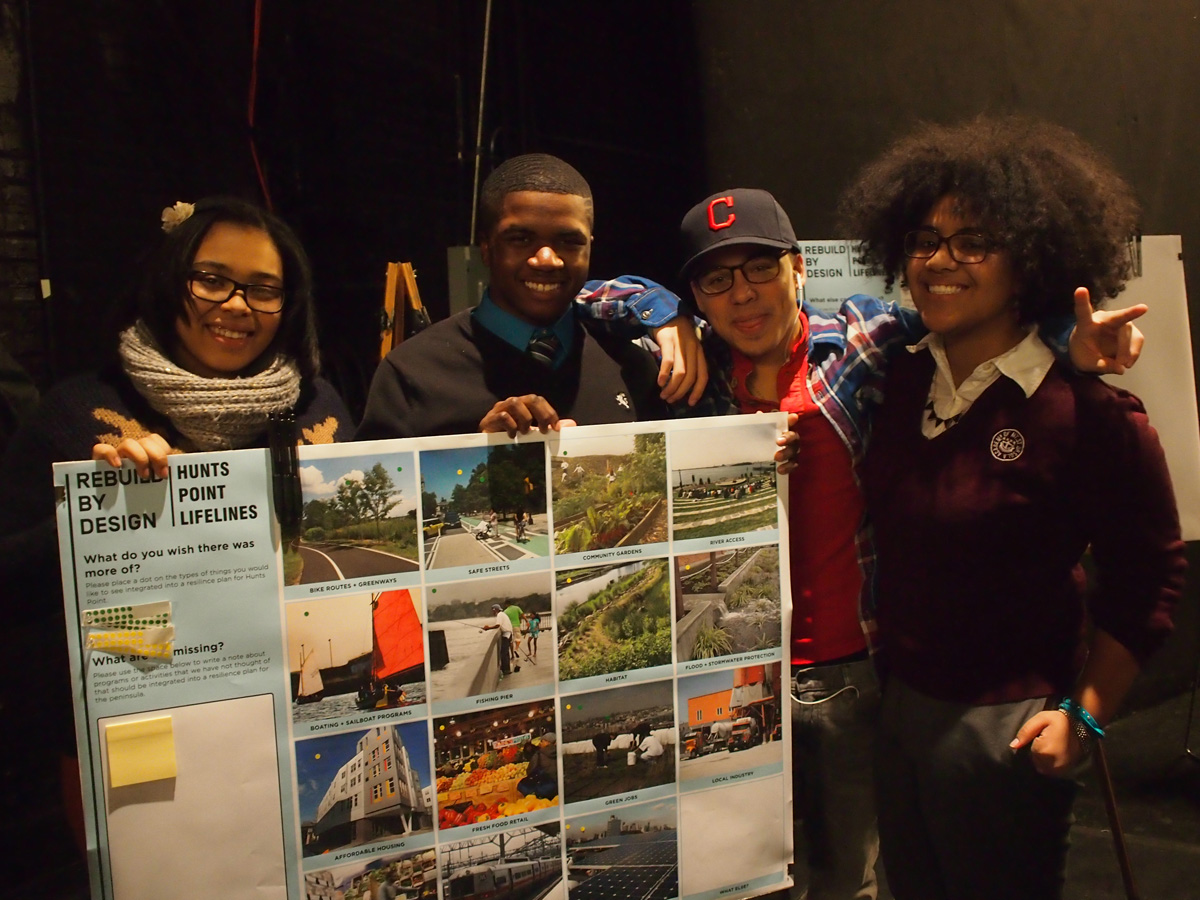Designing for Resilience in Rich Coastal Cities (and Beyond)
Provides insight into different climate change adaptation plans in the United States that use participatory long-term resilience planning and collaborative design processes.

Since the Hurricane Sandy competition, Rebuild by Design, and the processes that were inspired by that work including, the National Disaster Resilience Competition, the Bay Area Resilient by Design Challenge, Water is Leverage, and others, have sparked interest in communities, governments academics, and researchers. To help researchers understand more about our work, and to continue to contribute to a growing portfolio of writings about the work, we have launched this library as a resource for all who are interested.
We would like to thank the University of Groningen for their partnership in locating and cataloging the articles and books that have examined our work. If you know of a resource that is not listed here, please let us know by sending an email to info@rebuildbydesign.org
If you are looking for the Hurricane Sandy Competition archives, please visit the New York Historical Society here.
Provides insight into different climate change adaptation plans in the United States that use participatory long-term resilience planning and collaborative design processes.
Examines the politics around climate change response strategies in three cities—New York, Jakarta, and Rotterdam— and the mobilization of grassroots activists to fight the perceived injustices and oversights of these
Theory and Society: Provides an explanation for how increased public participation can paradoxically translate into limited democratic decision-making in urban settings. Using an in-depth case study of one of the
Architectural Design: Our era of ecological resilience and ecocide requires much more holistic and inclusive thinking about social, civic space. Kate Orff outlines the proposal for Alameda Creek, which removes
eTropic: Analyzes the complexity of policy transfer processes in the context of contemporary policy making in response to climate change. The paper further examines what constitutes a successful policy transfer
Analysis of the translation process of ‘polder’ as it played out in Water as Leverage for Asian Cities, a Dutch urban design initiative that took place in Semarang. Translation as
Rebuild by Design would like to hear from you. To learn more about when and where public programs and events are happening, you can sign up for our newsletter & follow this site with RSS.

![]() Follow Us on Twitter
@rebuildbydesign
Follow Us on Twitter
@rebuildbydesign
![]() Subscribe to Rebuild on
YouTube
Subscribe to Rebuild on
YouTube
For General Inquiries: info@rebuildbydesign.org
For Press & Media Inquiries: media@rebuildbydesign.org
For Job Inquiries: See Careers
© Rebuild by Design